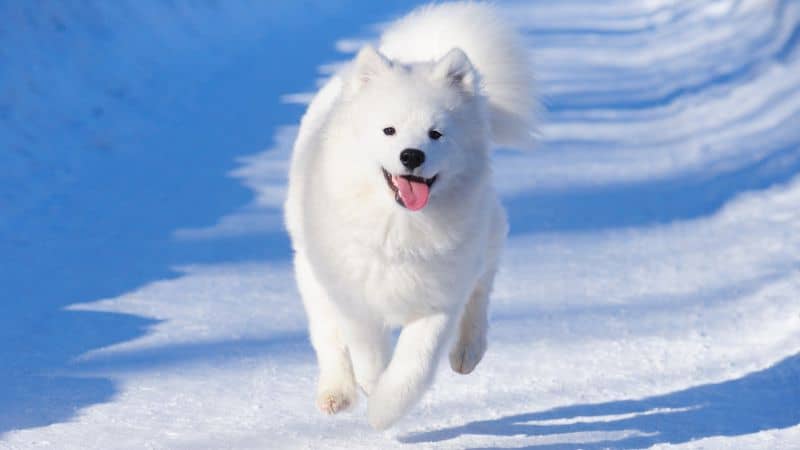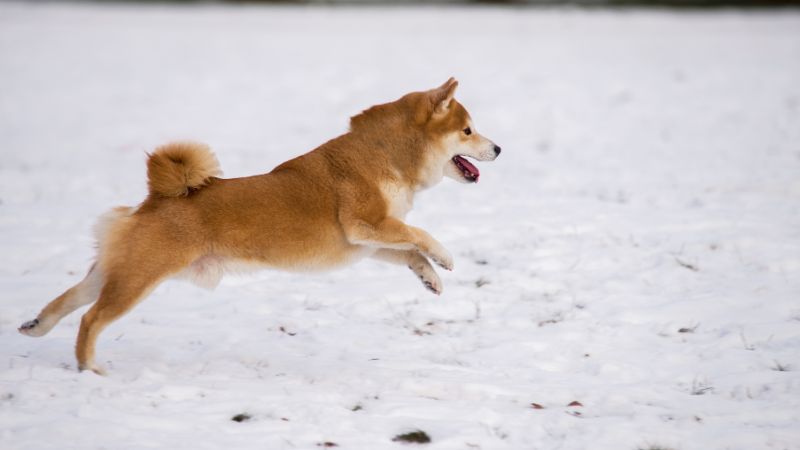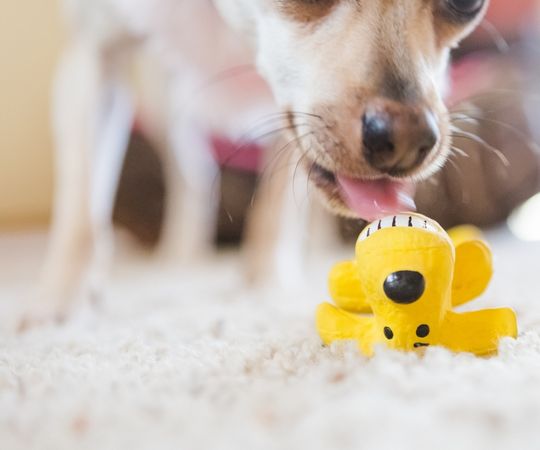
There’s something magical about watching a dog experience snow for the first time. The moment their paws touch the frosty ground, many dogs transform into joyful, energetic explorers—bounding through drifts, digging with abandon, and even trying to catch snowflakes mid-air.
But why do so many dogs enjoy the snow? Is it the temperature, the texture, or something deeper in their instincts? And as much fun as snow can be, how can pet owners ensure their furry friends stay safe while playing in winter weather? This article dives into the science and psychology behind dogs’ love for snow, along with essential tips to keep them protected during chilly adventures.
Why Do Dogs Love Snow?
Have you ever noticed that your pooch seems to enjoy playing in the snow and ice? Are you puzzled about why they adore such cold temperatures? Keep reading to uncover the mystery!
Dog Breed Instincts
Many canines have ancestors that thrived in cold climates. Arctic breeds like Alaskan Malamutes and Samoyeds were developed to pull sleds and work in freezing temperatures, so snow feels like a natural playground to them. Even non-working breeds retain some primal instincts—digging, tunneling, and running freely in open spaces. Snow provides a soft, malleable surface that satisfies these urges without the restrictions of hard ground.
The Thrill of Sensations
Dogs experience the world through their paws, nose, and mouth. Snow offers a unique sensory experience—crunchy when fresh, powdery when deep, and slippery when packed. Some dogs love the way it compresses under their feet, while others enjoy the challenge of navigating through it. Many dogs also love to bite at snow, either to catch falling flakes or because the cold sensation is refreshing.
Cooling Down Overheated Pups
Dogs with thick double coats (like Golden Retrievers and Newfoundlands) can easily overheat indoors or during vigorous play. Snow acts as a natural coolant, allowing them to roll around and regulate their body temperature. This is why some dogs will happily lie down in the snow even when it’s freezing outside—they’re enjoying the relief from their built-in “fur coat.”
A World of Hidden Scents
Snow has a fascinating effect on smells—it can both mask and amplify different scents. For dogs, whose noses are thousands of times more sensitive than ours, a snowy landscape is like a brand-new puzzle. They may sniff out buried animal tracks, frozen plants, or even food scraps hidden beneath the snow. This makes winter walks extra exciting for scent-driven breeds like Beagles and Bloodhounds.
Snow as the Ultimate Playground

Many dogs treat snow like an amusement park:
- Snow zoomies – The soft resistance of snow makes running even more fun, leading to those famous “winter crazies” where dogs sprint in circles.
- Snowball fetch – Some dogs love chasing snowballs (though they might get confused when the “ball” disappears on impact!).
- Digging and tunneling – Snow is easier to dig through than dirt, making it perfect for breeds like Dachshunds and Terriers.
- Rolling and belly slides – Some dogs will gleefully flop onto their backs and wiggle around, leaving behind adorable “snow angels.”
How to Keep Your Dog Safe in Cold Weather
While many dogs like snow, winter weather also comes with risks. Here’s how to ensure their safety:
Know Your Dog’s Cold Tolerance
- Cold-adapted breeds (Huskies, Saint Bernards) can handle longer playtime in snow but still need breaks.
- Short-haired or small dogs (Greyhounds, Chihuahuas) get cold quickly—consider a dog sweater or coat.
- Elderly or sick dogs may struggle with temperature regulation—limit their exposure.
Protect Your Dog’s Paws
Ice can form painful balls between their toes, so consider using dog boots or applying a pet-safe paw balm for protection. Trimming the fur between their paw pads also helps minimize snow accumulation. After walks, be sure to wipe their paws thoroughly—road salt and chemical de-icers can be toxic if licked off. These simple steps will keep your pup comfortable and safe during winter adventures.
Prevent Hypothermia & Frostbite
Winter weather can put dogs at risk of hypothermia and frostbite. Watch for warning signs like shivering, lethargy, or shallow breathing—if you notice these, bring your dog indoors immediately to warm up. Frostbite most commonly affects vulnerable areas like ears, paws, and tails. If you spot pale or bluish skin, gently warm the area with a dry towel (avoid hot water or direct heat).
By staying alert to these risks, you can keep your pup safe while still enjoying winter fun together.
Adjust Food & Hydration
Cold weather increases your dog’s calorie needs—active pups may require adjusted meal portions. Check with your vet to determine if your dog needs more food during winter months.
Hydration remains equally crucial; always ensure fresh, unfrozen water is available, as eating snow cannot properly quench their thirst.
Supervise Playtime
Always supervise your dog’s outdoor winter activities. Small dogs should avoid deep snow where they might become stuck or overtired. Discourage your dog from eating large quantities of snow, as this can lead to stomach discomfort. Be especially cautious around frozen bodies of water—thin ice poses a serious drowning risk.
Conclusion
Snow brings out a special kind of joy in dogs. For many dogs, winter is a season of pure delight. However, responsible dog owners should always balance fun with safety. By understanding your dog’s breed-specific needs, protecting their paws, and watching for signs of cold stress, you can ensure that every snowy adventure is both happy and healthy.



